Motorola Edge+ (2022) Review: Paper Flagship
Purchase Price: $499.99
We are a participant in the Amazon Services LLC Associates Program, an affiliate advertising program designed to provide a means for us to earn fees and support our channel by linking to Amazon.com and affiliated sites.
Product Specs +
- 6.7 inch 1080x2400p OLED display (393 ppi)
- 144 Hz Refresh Rate
- Android 12
- Side mounted Fingerprint Scanner
- SD 8 Gen 1 5G
- 8 GB ram/ 512 GB Storage
- 4,800 mAh Battery
Camera Specs +
Rear Cameras
- 50 MP, f/1.8, (wide)
- 50 MP, f/2.2, (ultrawide)
- 2 MP, f/2.4, (depth)
- 8K @30fps Video Recording
Selfie Cameras
- 60 MP, f/2.2 (wide)
My very first smartphone was the original Motorola Droid that came out in 2009. Since then, there have been many variations of phones released by Motorola. I’ve been using one of their newest devices, this year’s pseudo-flagship Edge+ that retails for $600 USD for a few months now and there are so many things I liked about this phone. However, it only took a handful of things to potentially bring this device down into the dumps.
Nice Curves in a Clean Package
On first impression, the Edge+ (2022) has classic smooth curves and a subtle gradient color embossed over their signature M logo across the back of the device. This version we’re reviewing is the Cosmos Blue color, but there’s also a Stardust White variant as well. The phone doesn’t stand out much in a sea of repetitive smartphone designs, but it’s well built, sturdy in the hands even though it’s a plastic frame, and has a glass back finish to it that feels moderately premium.
It’s fairly lightweight at 6.91 oz, making it comfortable to hold for long periods of time. The best word to describe the Edge+ is professional. The device does have a sim tray and soft-click power and volume rockers. You’re greeted with an always-on display that unlocks via the right side fingerprint sensor embedded into that power button. It’s also a bit slippery in the hands so I recommend a case for those users with butter fingers.
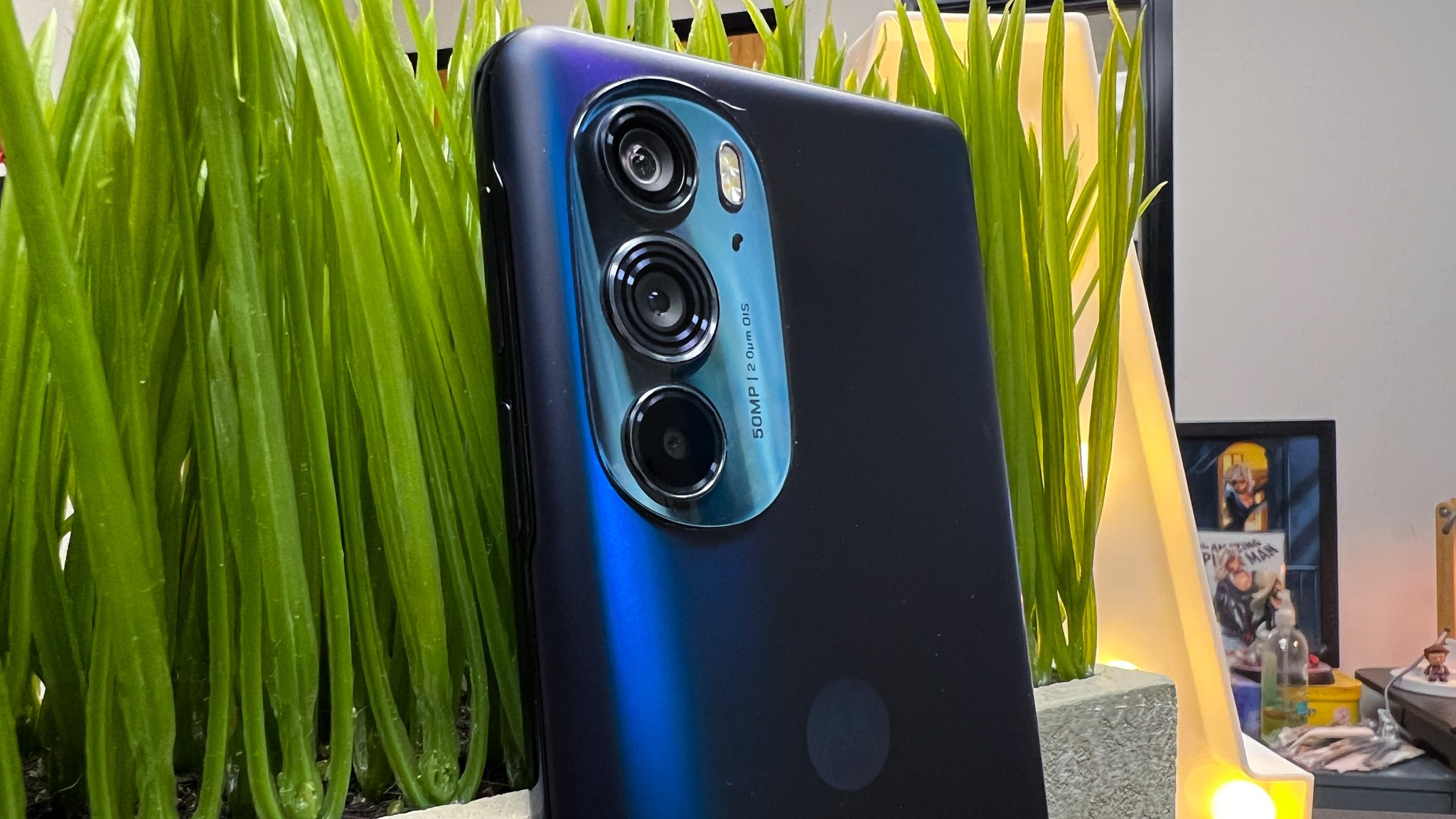
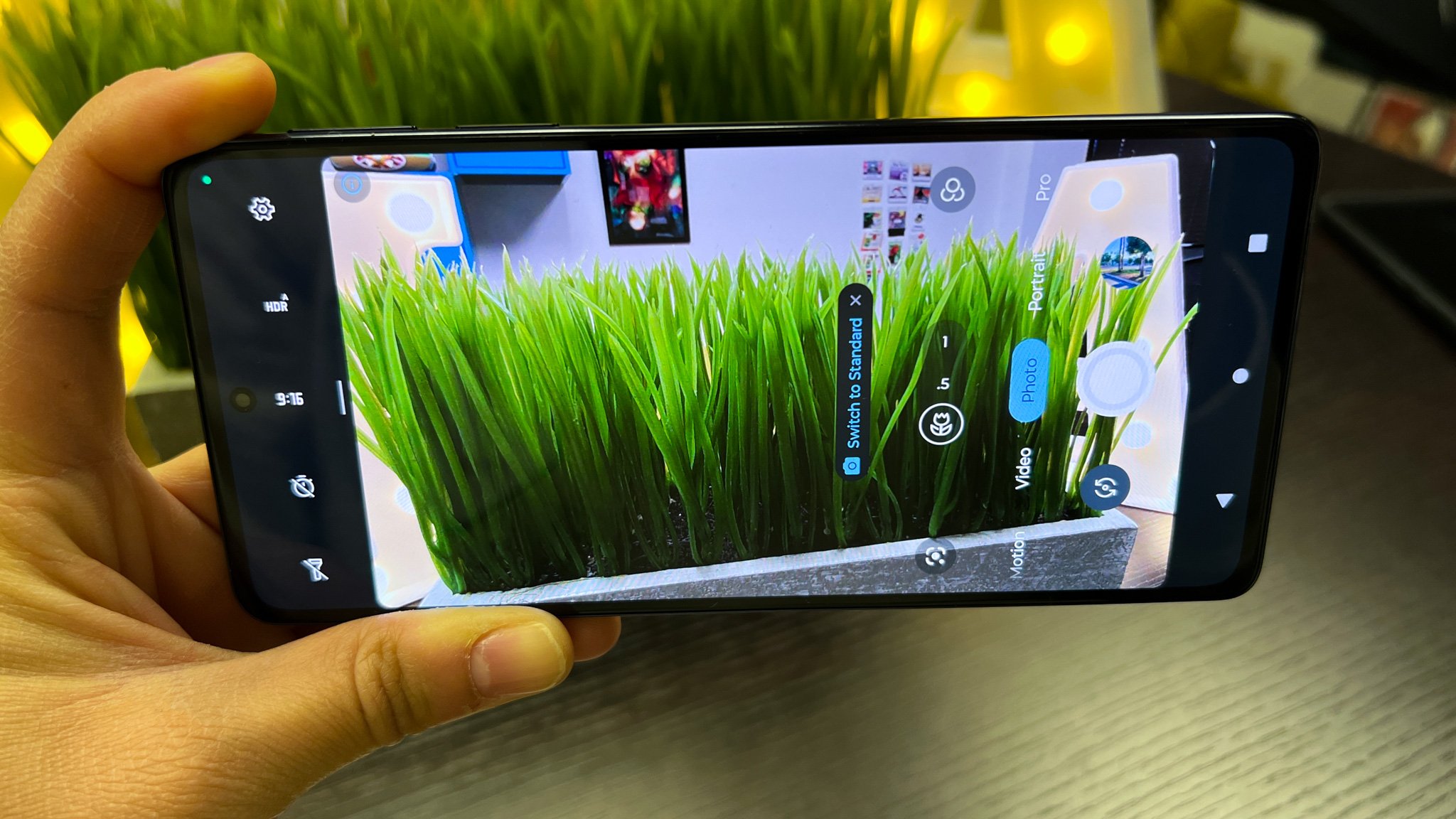
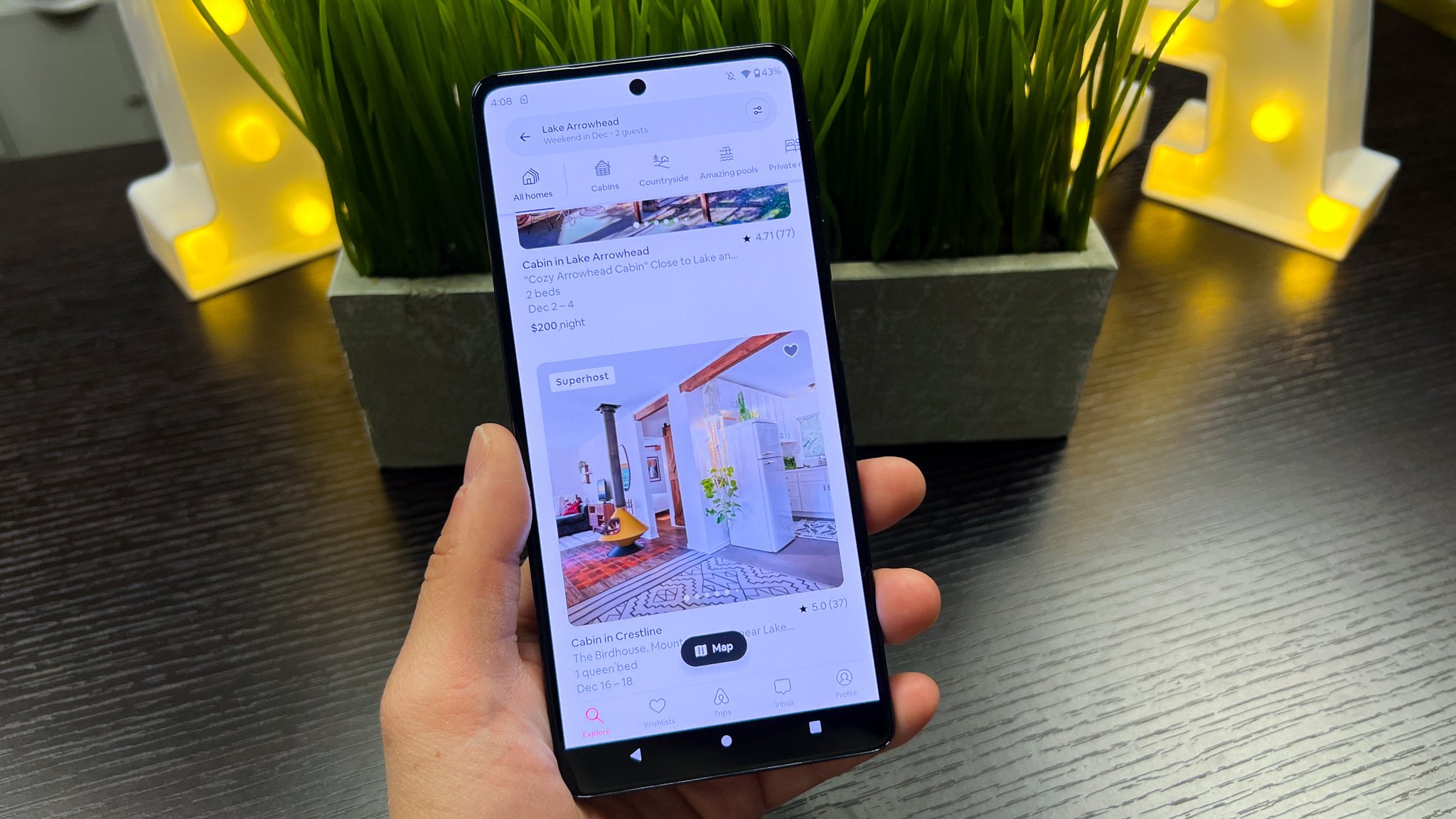
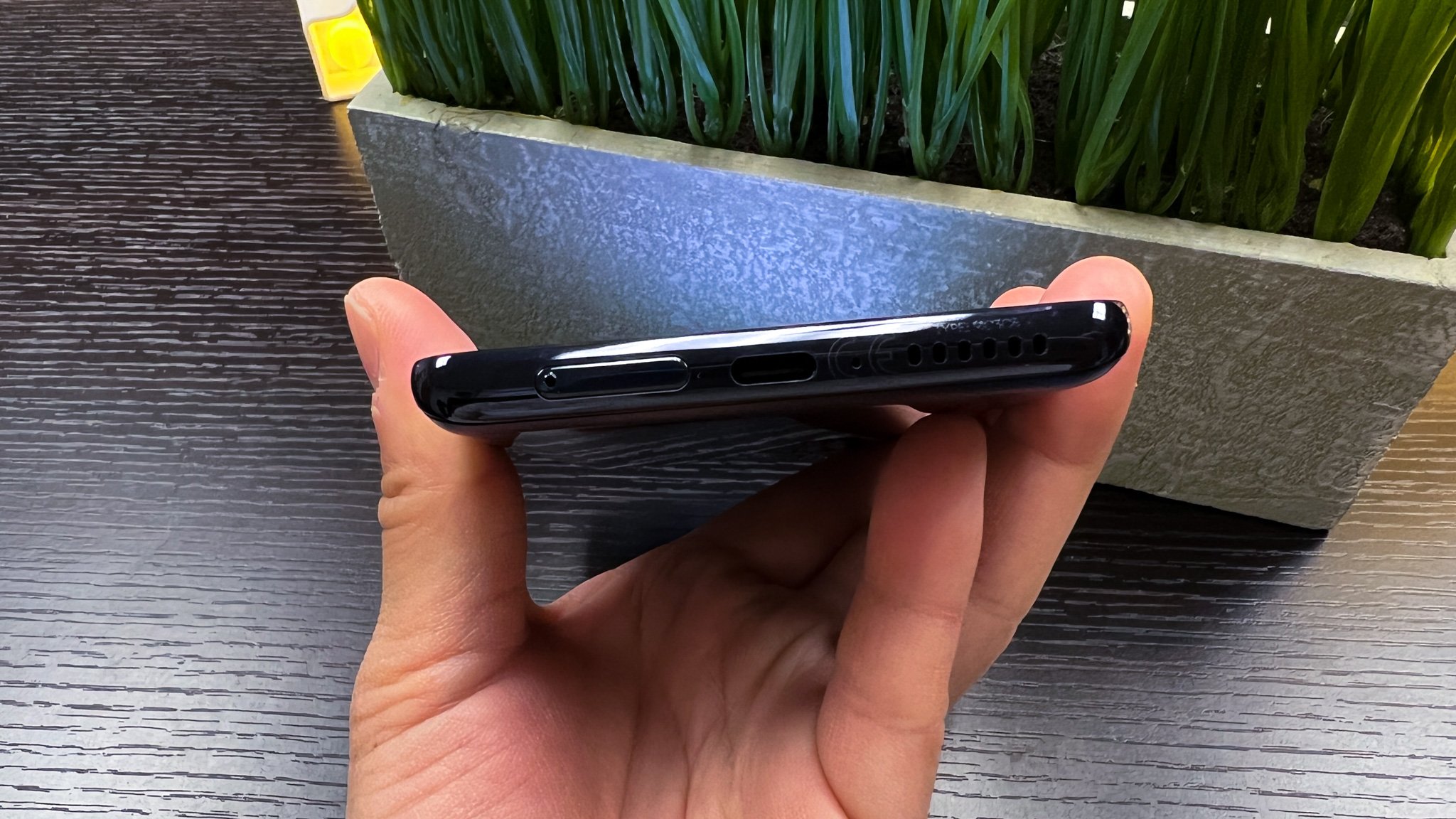
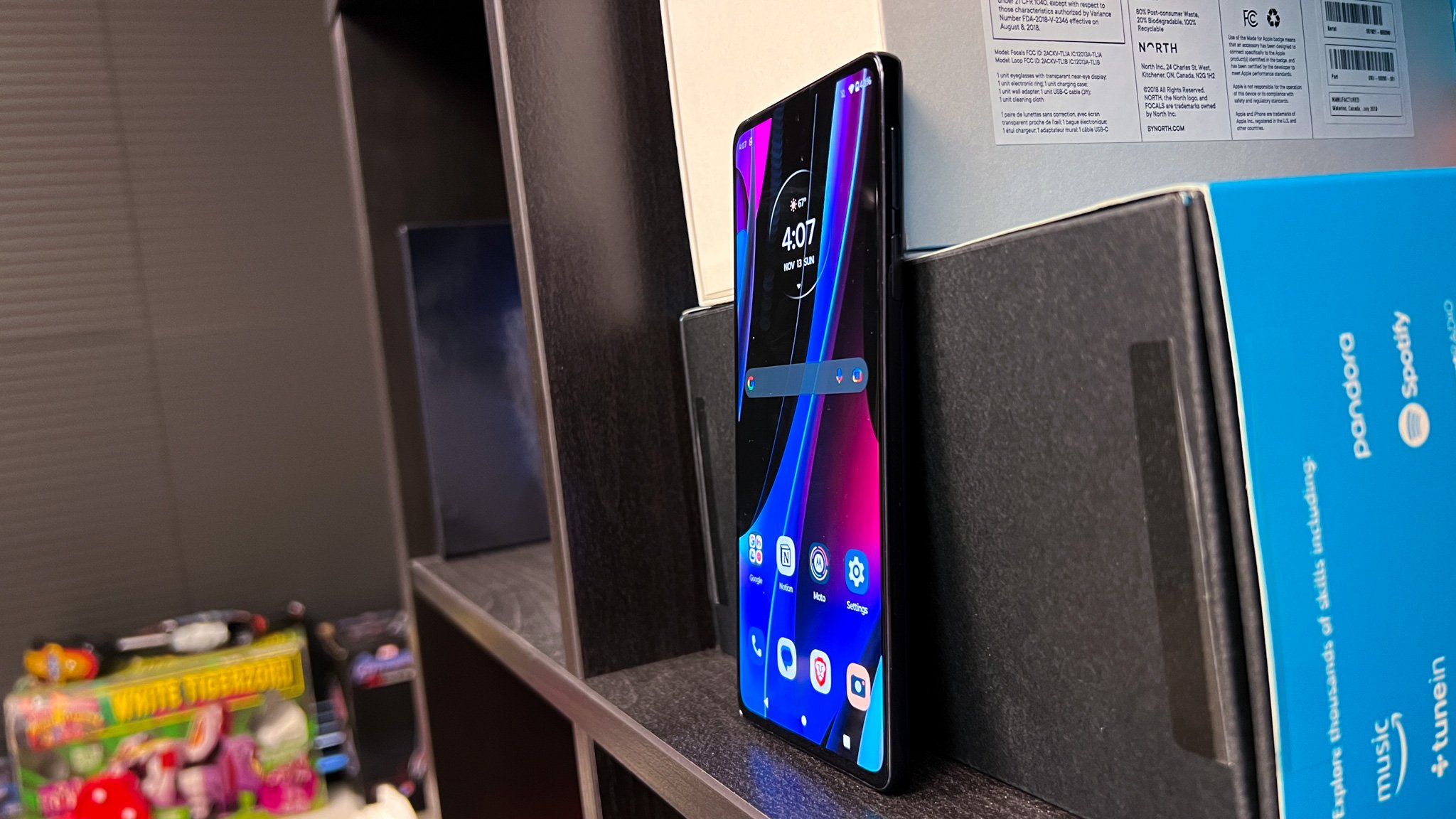
With a 6.7” 1080x2400 pixel display that features an OLED panel good for 393 ppi, this 20:9 aspect ratio and 144Hz refresh rate combination has relatively vibrant colors that really make this device great for entertainment purposes. I’ve been able to watch hours of Netflix on it without any issues and have felt immersed in the content thanks to the viewing angles and almost non-existent bezels. The bottom facing stereo speakers are loud and clear, even in bustling locations. Keep in mind there’s no 3.5mm headphone jack so if you’re connecting to devices, your only option is via Bluetooth 5.2 (which works great, by the way). The one annoyance I had with the display was that the automatic screen brightness worked terribly and would often blind me as I was waking up in the morning and turned my phone on for the first time.
Good on Paper, Average Execution
This year’s Motorola Edge+ features this flagship Qualcomm Snapdragon 8 Gen 1 and ranges in memory options from 8 GB of RAM to 12 GB and 128 GB of storage up to 512 GB. This particular version has 8 GB of RAM and 512 GB of storage. It also runs Android 12 but has a planned upgrade to Android 13. One of the best aspects of Motorola devices is that there’s really limited bloatware and skin modification. In many ways, you feel like you’re using a Pixel device that’s just slightly different. You don’t feel like you have a million apps on your phone when you’ve started it up for the first time. That being said, the Edge+ performed well enough for my day to day lifestyle, but there were some moments that made me hesitate from fully relying on this device as an everyday carry permanently. While it did hold up for the most part on a performance bases, there were a significant number of situations where apps would lock up if I had what the device thought was too many open at once. There was noticeable lag when switching between apps in these scenarios. This didn’t happen on a regular basis, but frequent enough for me to note and feel as though I had to be aware of my app routines when using the Edge+. Keep in mind that I use the same app suites and flow that typically work on every device I’ve used so far in 2022, whether it would be a mid-tier or flagship phone. Many of my health monitoring apps would just be stuck on a constant loading screen and nothing else would appear until a soft reset here. There were even times, for example, when video chatting in an app like Google Duo that the phone would just crash and restart on its own multiple times during a call.
Speaking of calls, call quality was solid overall and I had no issues with that aspect. I even took the device across the border into Canada and was able to work remotely with the Moto Edge+. However, I did notice that even when connected to what was supposed to be a strong Wifi network, the phone would have issues with connectivity, (again) mostly when I was trying to use various video chatting apps. This gets a ding in my book and I was never quite able to figure out why I had the most issues when using my camera and audio simultaneously. This was a bummer as I traveled to both the San Francisco Bay Area and Toronto with this device and had the same issues with video apps. There’s a potential that this phone is heating up too quickly for those uses when compared to other phones and the performances on those.
Pretty Average Battery Life
The Edge+ packs a 4800 mAh battery that is a hefty size for the large screen it powers. I’ve seen similar battery sizes on other phones like that of the Google Pixel that have lasted much longer in comparison to the battery life on the Edge+. Without fail, I get very close to depleting the juice on this phone every night, even if I’m not using it a whole ton during the day. There’s something to be said about Motorola’s software simply not optimizing the battery as effectively as it should be. My day to day now includes working from home so I can keep it plugged in often, but for the couple of weeks I was traveling with this phone, I had to make sure I charged it on the plane or kept a portable battery pack with me for those longer days in transit. I’m basically saying that the Edge+ doesn’t last a full day on normal to low usage. On a good note, the Edge+ uses fast wireless charging and also features reverse wireless charging as well (although you probably shouldn’t use the latter with this battery life). I’ve gotten close to the advertised 50% in about 15 minutes of charging speed, so even if you’re low on battery, it does power up competitively fast.
Very Disappointing Camera
All of this is somewhat manageable except for my biggest complaint with the Edge+: the camera. First off, it’s impossible not to notice the huge lenses staring back at you on the back of the device. Looks are deceiving as they may appear capable, but in reality, they’re so disappointing that I left my time with this phone not wanting to take pictures. Keep in mind that I’m someone who loves pulling my phone out to take pictures of my food and dogs! The Edge+ features a triple rear camera setup with a 50 MP wide, 50 MP ultrawide, and 2 MP depth sensor that shoots at 8K at up to 30 frames per second. There’s also a 60 MP selfie camera. This seems pretty good on paper but in reality, I have not used a phone camera this average in a long time. Colors are quite dull and there seems to be unnecessarily enhanced shadows that make the photos seem unnatural. It’s also impossible to focus the sensor onto finer details as the results often appear grainy and more like a painting than a photo. Photos taken in low light settings perform no better and portions of the image seem to often come out blurry and unclear. Video quality is also poor and not really up to par with other flagship or even mid-range devices we’ve seen this year. This is a weird situation for the Edge+ to be in as it technically has a flagship processor, so if you compare this with other flagship phone cameras in 2022, it comes nowhere near in quality. If this phone was priced somewhere between $300-$400, I think some users would be okay with what this sacrifices in camera performance in order to get that flagship Snapdragon.













Final Verdict
I can literally list a handful of better buys than the Motorola Edge+ (2022). This is for lack of a better explanation, a paper flagship.
My honest opinion of this phone is that it is the quintessential definition of average. For $600, the Motorola Edge+ isn’t necessarily cheap, yet it is a pretty low price tag to get a SD 8 Gen 1 phone. We got it on sale on Woot for $500 which makes it much more tolerable to swallow simply because it does have that flagship chipset. You get some upgrades when it comes to build quality and the media viewing experience, but the camera is disappointing and the battery life is just okay at best. In theory, it seemed like Motorola had great fundamentals down, but the actual user experience of the Edge+ is truly just average and even frustrating at times. This is especially highlighted when it comes to certain apps that I expected to work correctly as they function perfectly fine on lower processors and should be able to run on an Android flagship chip. For the price range, you can get a much better camera and software experience from a more affordable phone like the Google Pixel 6a. If you pay a hundred dollars more, you open up your range to a lot more quality like an iPhone 14 or a Samsung Galaxy S22. I’ve been a longtime fan of Motorola phones in the past, but I just don’t see enough here to warrant any competition to the big players on the market. I can literally list a handful of better buys than the Motorola Edge+ (2022). This is for lack of a better explanation, a paper flagship. I hope this is a wake up call for them to step up their game and to truly make a flagship phone once again.


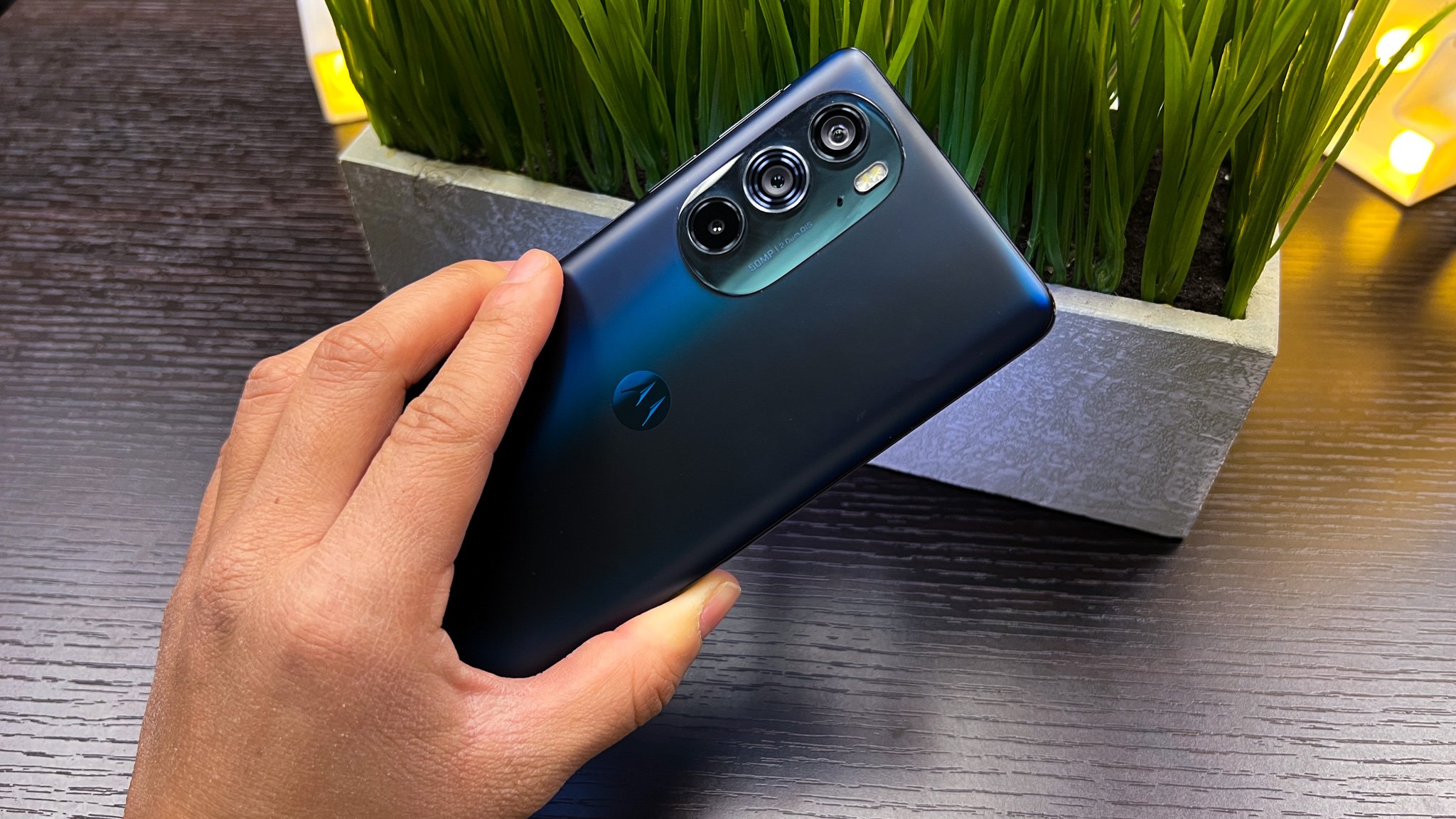




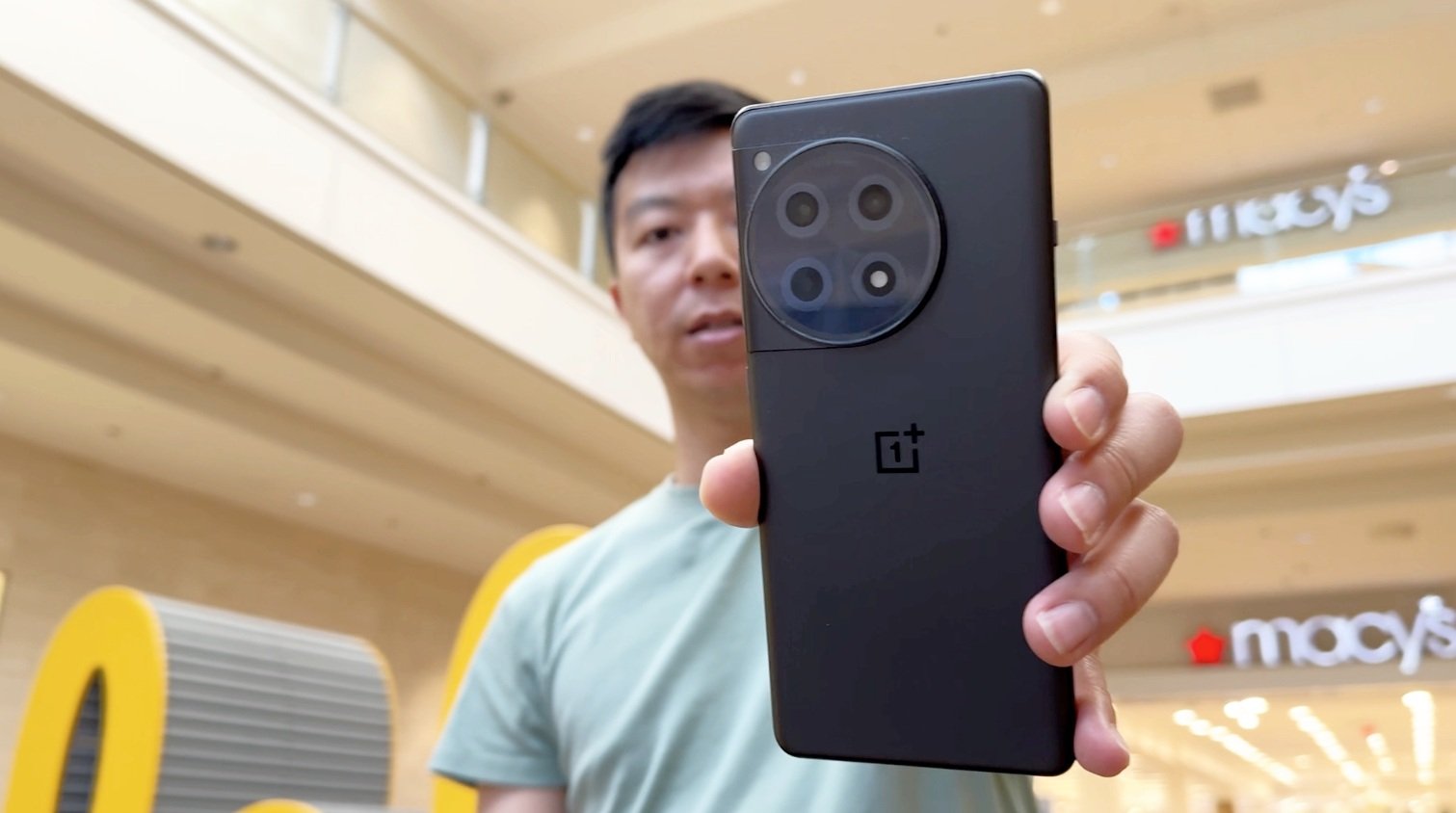




Lida
Always the number cruncher, the former narrative journalist turned data scientist, can’t help but find herself bursting with excitement with each new generation of tech gadgets. After all, predicting future trends is Lida’s forte. Any gadget that survives Lida’s torturous, adult working woman itinerary of over 700 notifications a day deserves praise!